Greenscreens, bluescreens or chroma backdrops, as they are sometimes known as, have been used in TV, film and media productions for decades.
You see them being used all the time without even realising it. And that is the point, you shouldn’t notice them!
If a greenscreen has been set up properly and a key has been pulled properly then it should be almost indistinguishable from a real onset shoot.
In this post we’ll run you through the proper set up of a greenscreen so that you can ensure your shoot goes as smoothly as possible.
Set up
The aim of greenscreen-ing is to have the talent in your shoot surrounded by a ‘key-able’ coloured background. This tends to be green or blue, due to those shades of colour not often being represented in clothing, set pieces and also the talent’s skin pigmentation.
To ensure the talent is surrounded by green we need to ensure we have a screen that is wide enough to cover their hands and arms if they are moving and enough height to cover about 1-2ft above their head. This should give you enough room to ensure your talent is framed how you want whilst being surrounded by green.
Greenscreen Material
The material with which your screen is made from is very important. It’s important because we need to get as even coverage of green as we possibly can on that backdrop.
That means NO CREASES. NO CREASES, WHATSOEVER!
We don’t want creases as this scatters light, creates shadows and makes for uneven coverage of green. Which makes it much harder in post to pull a good key.
Everything we are doing here is to make it easier for us in post..
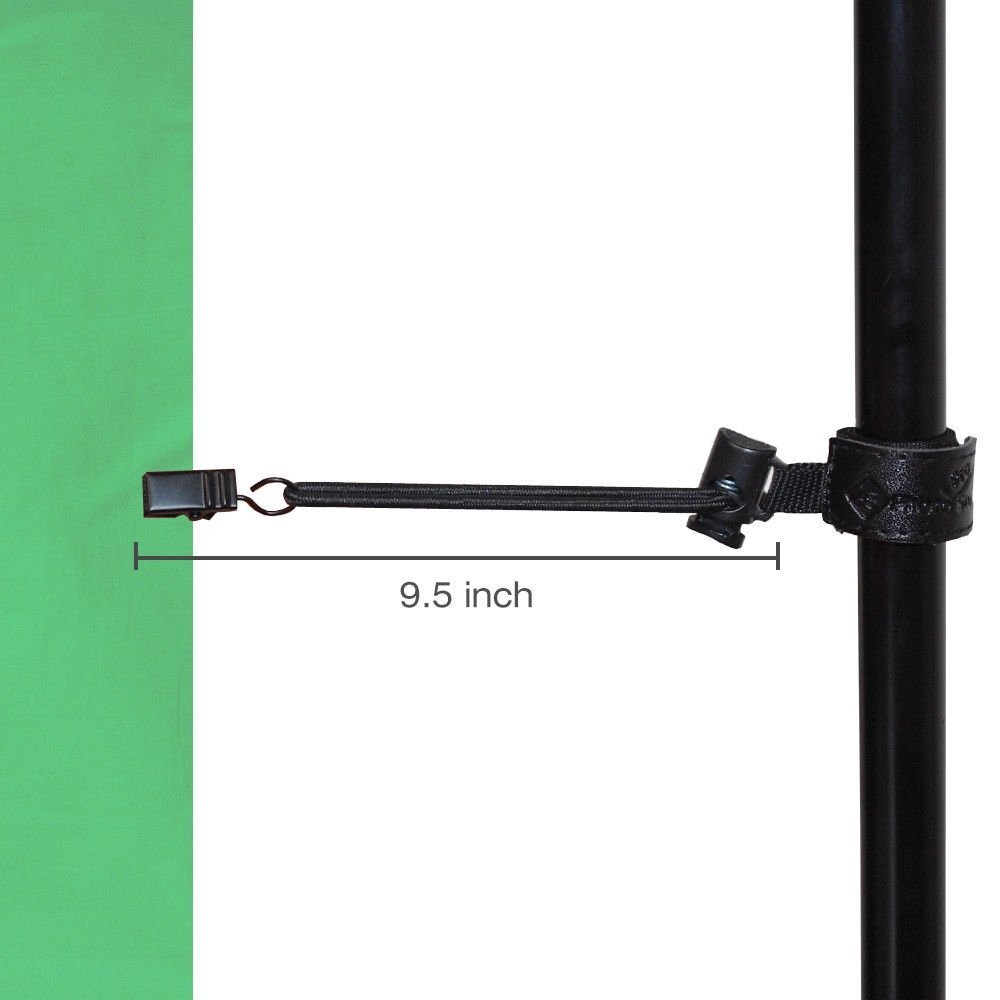
To try and have the fewest creases you need to get a good quality material for your backdrop and either steam iron it, pull it taught with tensioners or not use a material at all and paint a wall with chroma key paint.
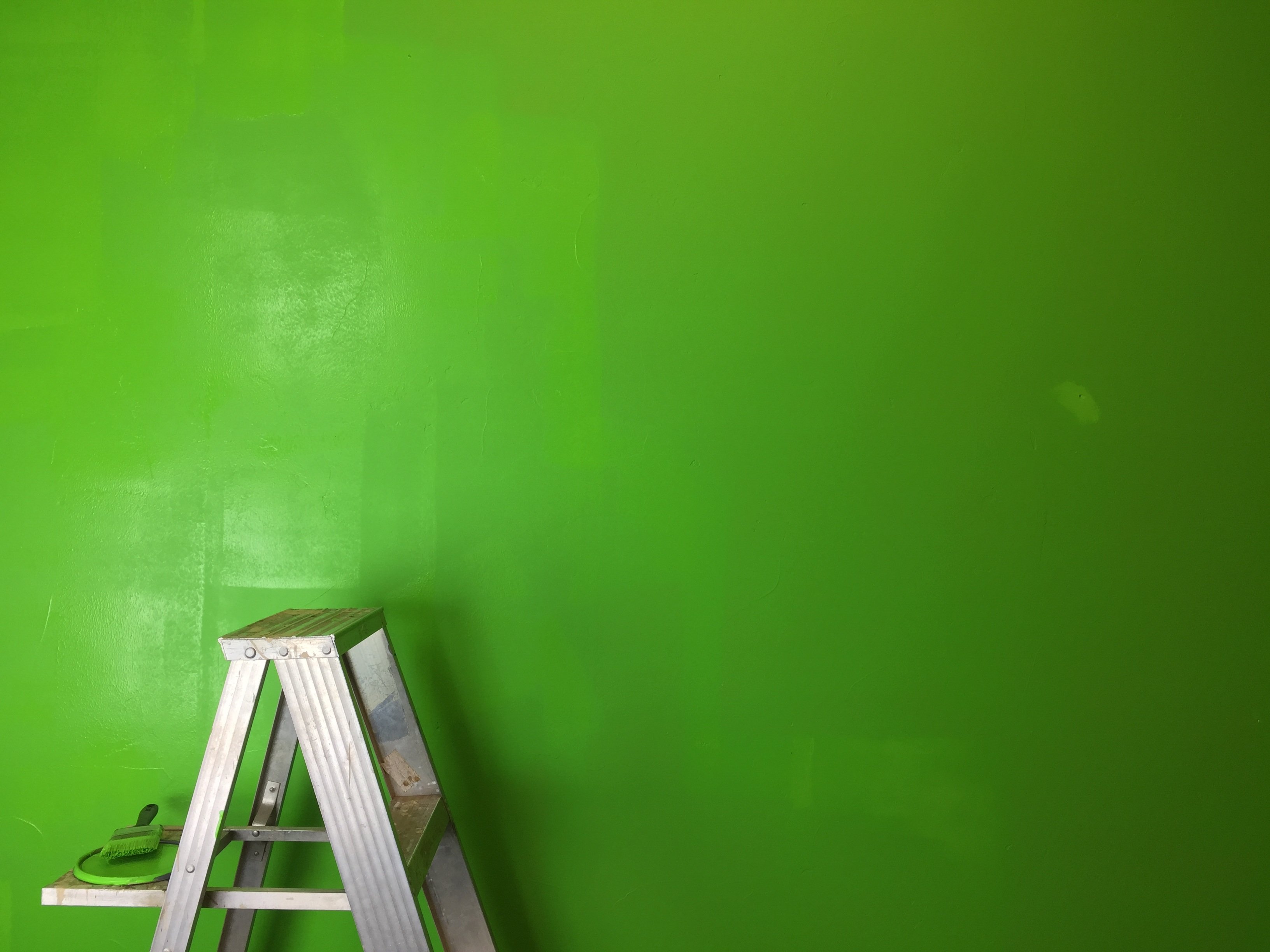
For a crease-free screen every time we recommend a wrap around screen such as the Lastolite Panoramic Background. Because it is attached to a metal frame on every edge it means that the screen is pulled taught and no creases will appear. Also, as it has three sides to it, you can be sure that your subject is covered by the greenscreen and some of their actions won’t go out of the field of view of the screen behind them.
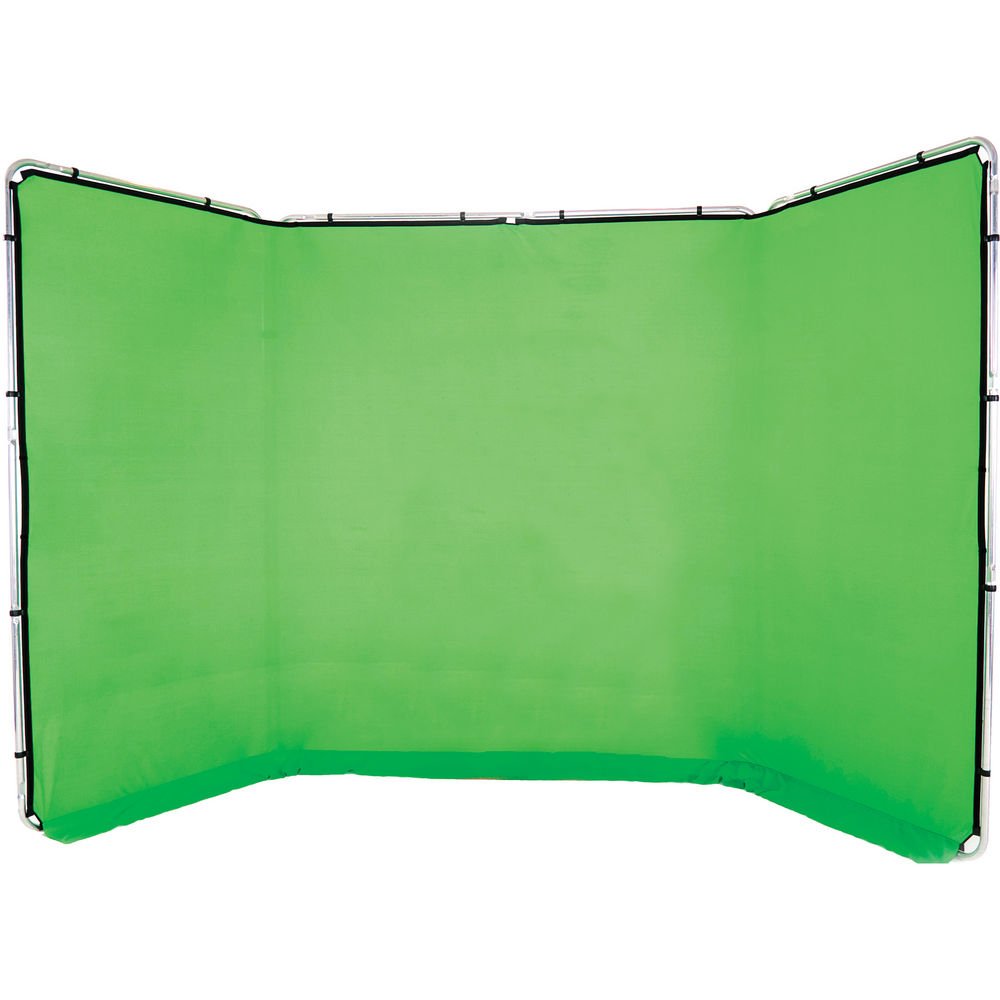
Disclaimer. This post may contain affiliate links. We make a small commission if you buy the products from these links (at no extra cost to you). As an Amazon Associate, I earn from qualifying purchases. But we only recommend products we would use ourselves. For more information, click here to see our disclosures.
If you are thinking about painting a wall to act as a greensreen then our top recommendation has to be ROSCOs chroma paint. It is tried and tested for giving the best coverage and best results in post/live for chroma-keying.
Lighting Your Screen
How you light your screen is one of, if not, the most important parts of greenscreen setup.
Note. This is lighting your greenscreen only and not lighting your talent.
We are looking to light our screen to get the most even coverage we possibly can (notice a pattern here?).

There is a rule of thumb here and that is to take the height of your screen, divide it by five to get 20% of that height and then use that as your horizontal distance from your screen to put your lights up.
Once you have lights set up at 20% of your height away from the screen (and set lights up as evenly across the width of your screen as you can) then you need to aim that at 45 degrees towards your screen to hit just above the middle of your screen- where your talents chest to head area will be.
Depending on the height and width of your screen and how much lighting you have available, you could then add lights on the side of your screen and across the span of your screen. We are aiming for full coverage here, so that there are no lighter or darker areas of your screen.
Note. For the best lighting coverage we recommend going with tubular lighting over ring or softbox LED lighting. Tubular light systems are more powerful, throw light further, more diffusely and are perfect for even coverage. The Kino Flo range is one of the best in the business and for good reason. You won’t have any trouble lighting your screen or talent with these.
Talent
Now that your screen is hung and lit correctly you now need to consider your talent’s position in relation to the greenscreen.
To ensure that your screen has no shadows from your talent and that your talent doesn’t get too much ‘greenspill’ from the screen on to them, you need to make sure your talent stands far enough away from the screen and lighting while still being lit by your talent lighting.
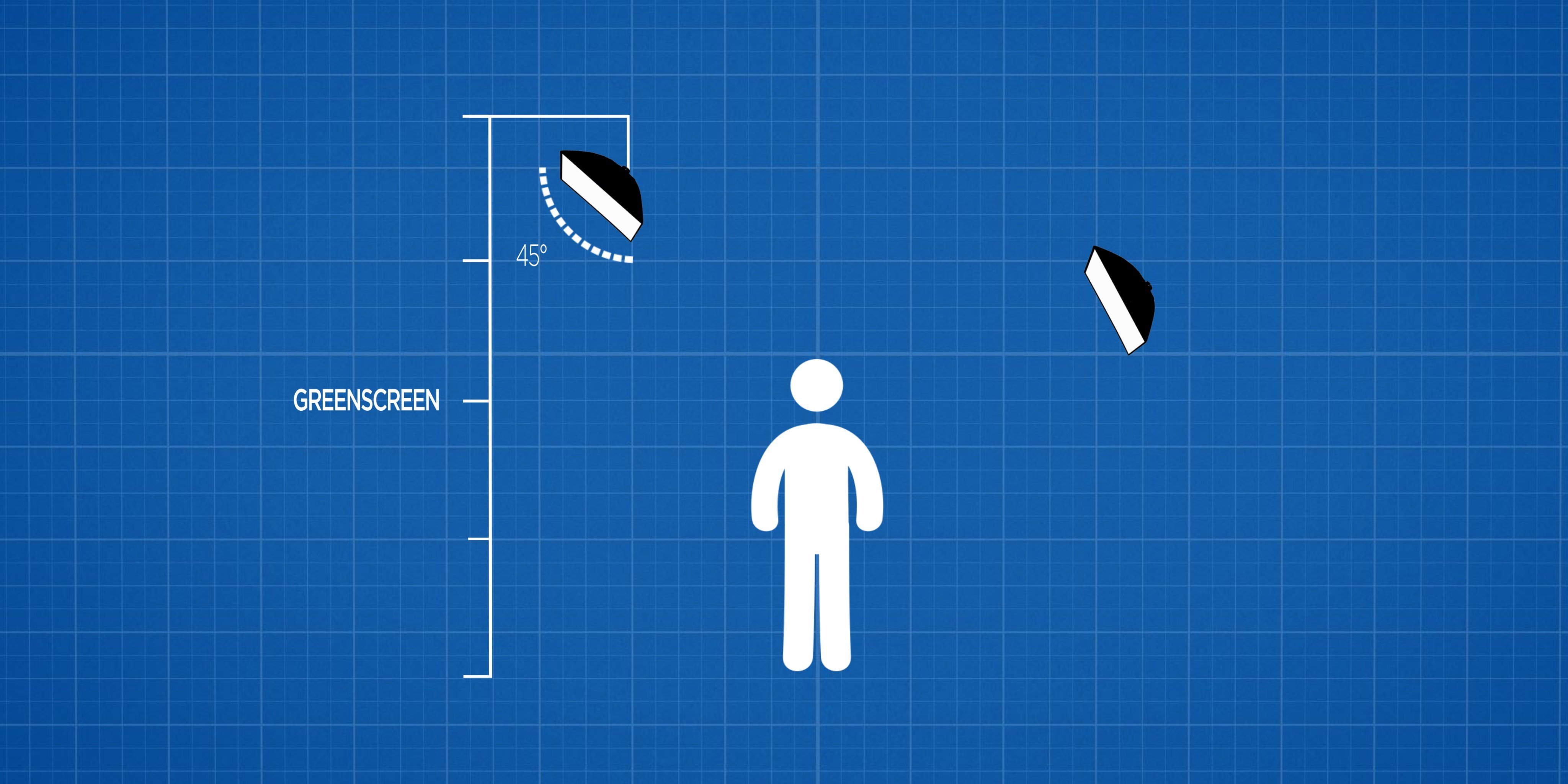
We advise that your talent be at least 2-3 large steps away from your screen lighting. This should give you enough room to light your talent without interfering with the greenscreen background (depending on the size of your space of course).
Record
And now, all that’s left to do is hit record.
Step two of this two-part tutorial series is available here, Pulling the Perfect Key:
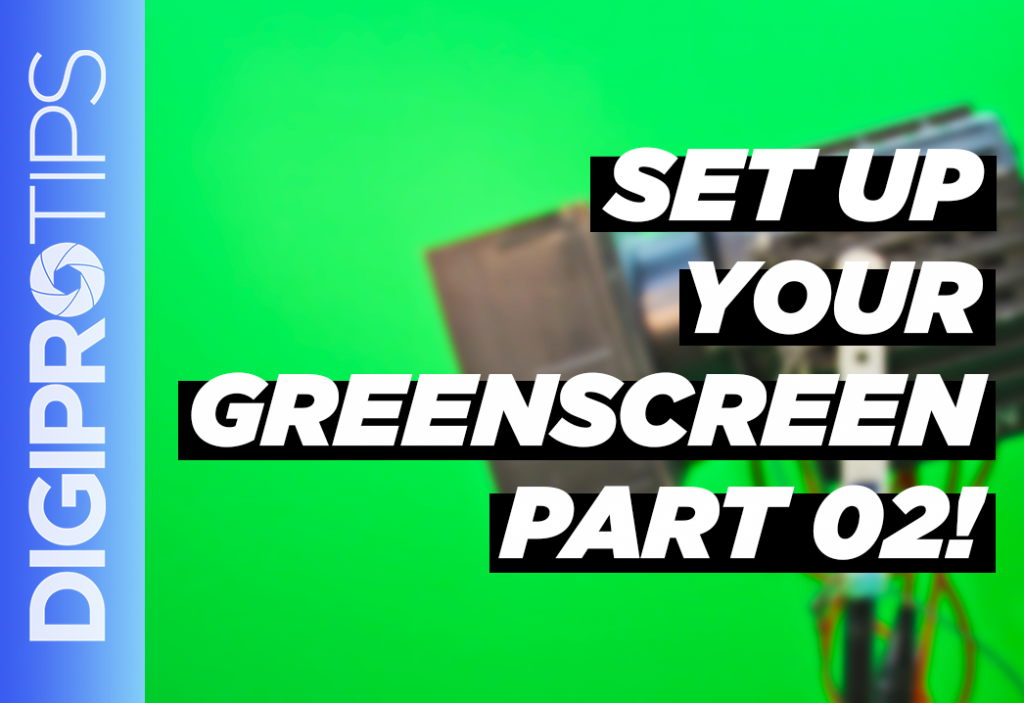
Also check out our guide to lighting here:

SUBSCRIBE
If you found this video useful and would like to see more then you can subscribe to our channel here: https://digiprotips.com/Subscribe
For extra quick tips like this check out more Quick Tip Tuesday topics here: https://digiprotips.com/category/quick-tip-tuesday/
DigiProTips

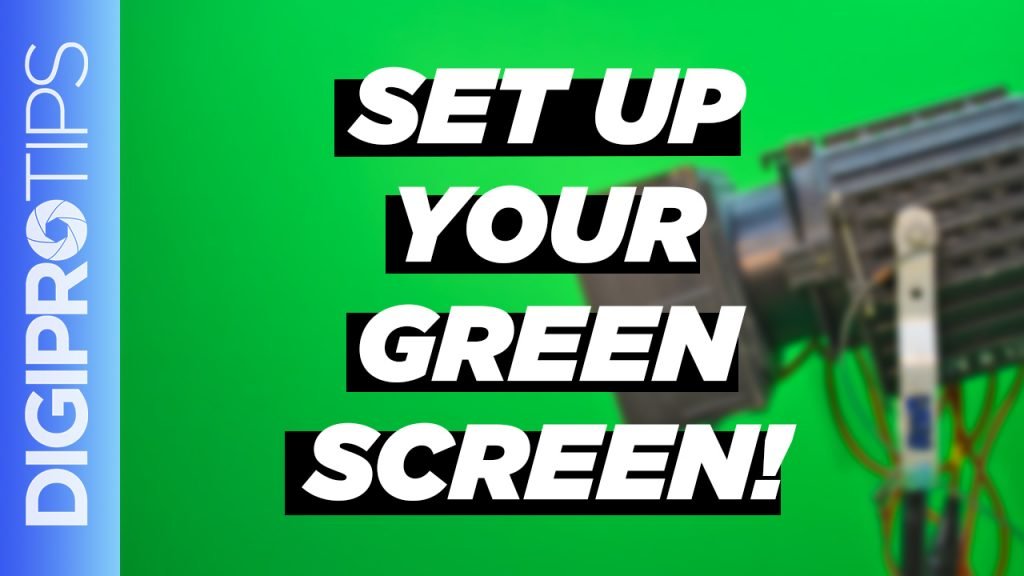
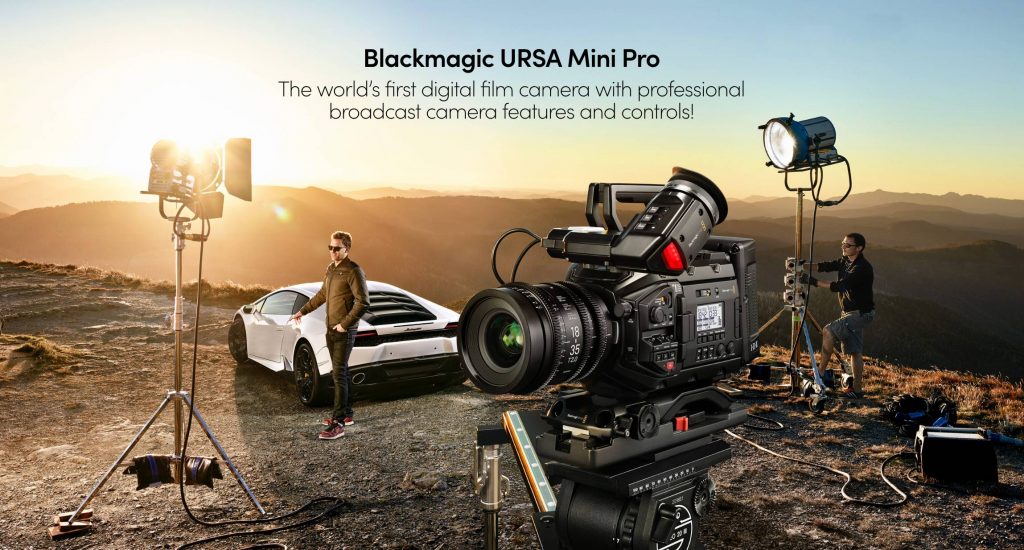
Pingback: How to Pull the Perfect Greenscreen Key in Premiere Pro -
Pingback: 1, 2 or 3 Light Set Ups - Get Started With Lighting -
Pingback: The Equipment Needed to Start a Youtube Channel - for the Lowest Budget - DigiProTips